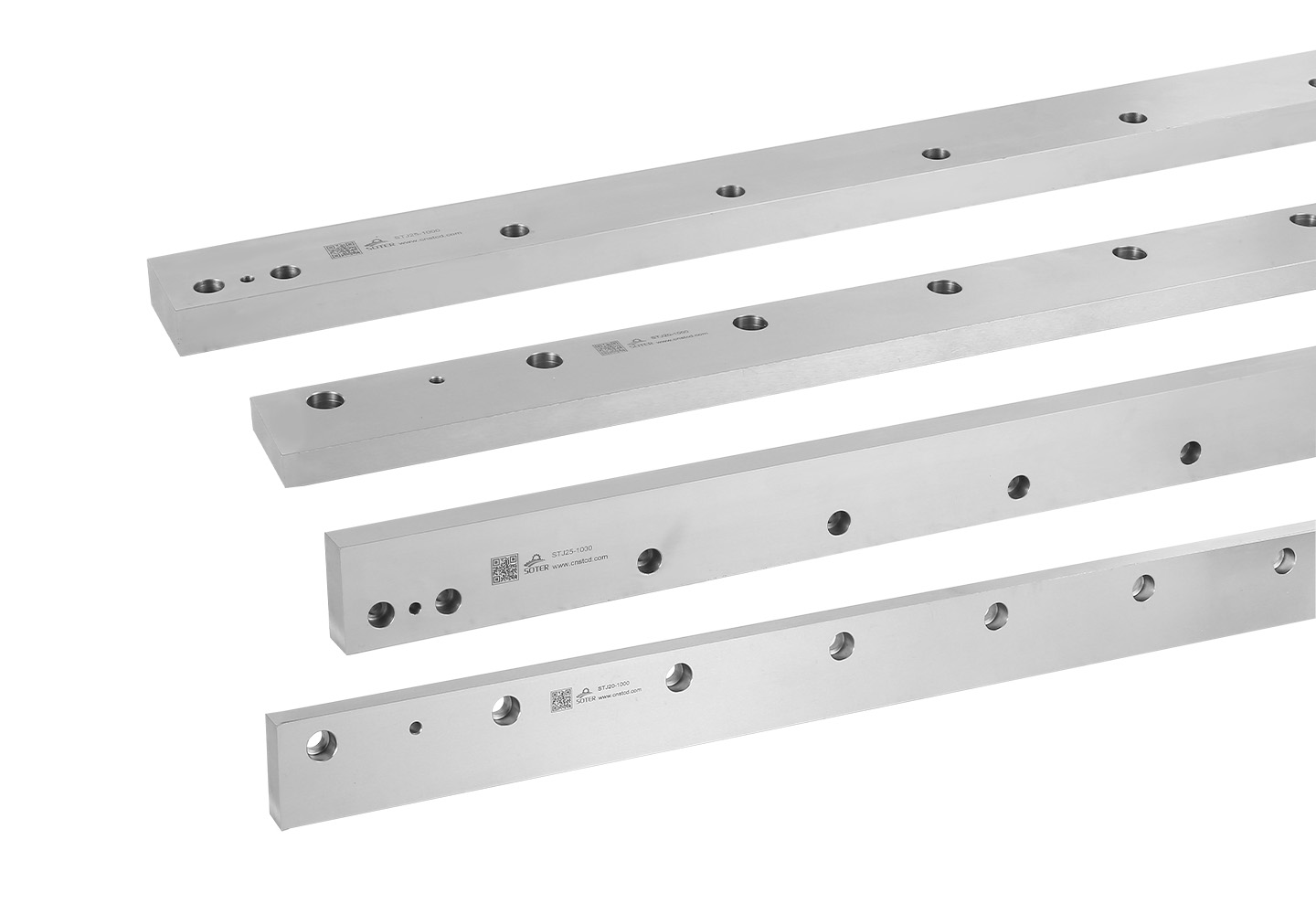Aug 08, 2025
Introduction to High-Speed Mechanical Motion Systems
In high-performance machinery, precision and speed must work hand in hand to ensure operational efficiency and mechanical reliability. Among various mechanical transmission components, the Straight Gear Rack is widely used in linear motion systems due to its simple structure and consistent motion transfer. However, whether it is truly suited for high-speed applications depends on a variety of design and performance factors, ranging from material strength to backlash control. Understanding these aspects is essential for selecting the appropriate gear mechanism in demanding industrial environments.

Structural Characteristics and Speed Limitations
The Straight Gear Rack consists of evenly spaced teeth cut straight along a flat bar, designed to mesh with a pinion to convert rotary motion into linear motion. Its direct linear output makes it suitable for precision systems such as CNC machines, printing presses, and robotic axes. However, in high-speed operations, the straight-cut tooth design can present certain limitations. The rapid meshing and unmeshing between pinion and rack teeth can cause increased noise, vibration, and wear compared to helical or specially engineered alternatives. As a result, while it performs well in moderate-speed environments, there are mechanical thresholds to its high-speed capability.
Material and Manufacturing Precision Influence
To determine whether a Straight Gear Rack can operate reliably at high speed, one must consider the materials and manufacturing tolerances involved. High-quality alloy steels, combined with hardening treatments like induction or carburizing, significantly increase wear resistance and structural integrity. Additionally, racks manufactured with high precision—especially those adhering to ISO or DIN tolerance grades—ensure better tooth engagement, reducing the risk of slippage or misalignment during rapid motion. These enhancements can extend the effective speed range of the rack-and-pinion system when designed with accuracy and resilience in mind.
Lubrication and Vibration Control
One of the big challenges in using any gear system at high speed is friction management. Friction generates heat, accelerates wear, and introduces unwanted noise. In the case of a Straight Gear Rack, continuous lubrication becomes essential. Proper lubrication not only reduces friction but also dissipates heat and maintains smoother tooth engagement. Additionally, mounting rigidity and support mechanisms must be carefully designed to absorb vibration and reduce backlash, which can become pronounced at higher speeds. Implementing dampers, rigid baseplates, or vibration-isolating mounts can help improve performance in rapid motion applications.
Application-Specific Suitability
Although the Straight Gear Rack may not be the choice for ultra-high-speed scenarios such as turbine control systems or race car actuators, it remains a practical and efficient solution for many fast-moving industrial applications. Linear axes in automated assembly lines, high-speed packaging equipment, and laser cutting machines often employ these systems with success, especially when speed requirements are balanced with moderate loads and accurate control. In many cases, design enhancements and material upgrades allow such racks to function reliably at speeds previously considered unsuitable.
Feasible With the Right Design Considerations
While a Straight Gear Rack is not inherently optimized for extremely high-speed mechanical structures, it can be used effectively in many high-speed applications when designed and supported correctly. Key factors such as material choice, tooth geometry, manufacturing precision, lubrication strategy, and structural damping play a pivotal role in determining the rack’s suitability. With thoughtful engineering, these components can offer the durability and precision required to meet the performance demands of modern high-speed machinery.